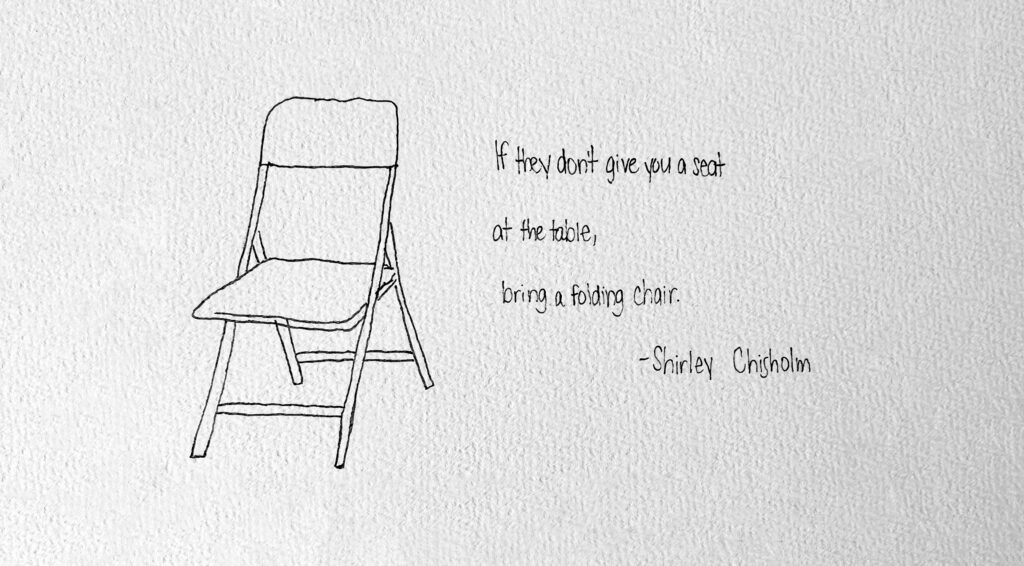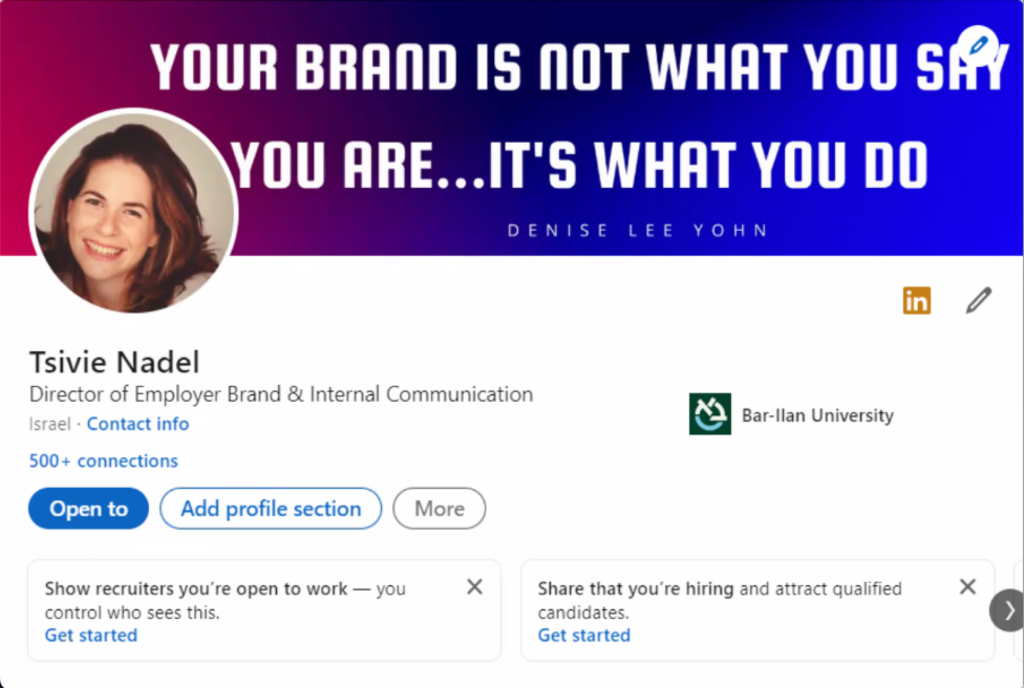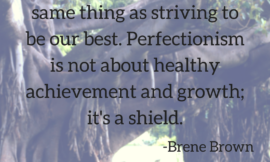The effect to which books have an effect on our lives can be profound.
If you think about it, a book is a person’s distilled knowledge and experience and for a relatively cheap price, they’re willing to share their truths about the world with you.
Assuming you’re reading a good book, there’s so much to learn and so much to act upon.
I read a lot. But it’s not every day that I read a book that makes things so clear and easy to apply.
Last year (yes, I’m a bit late with publishing this post), I read a book called Skip the Line by James Altucher.
(James also has a great podcast that’s worth checking out.)
In a sentence, the thesis of the book is that you can achieve success faster by constantly experimenting.
While I understand the importance of experimenting in order to move forward, possibly because of quotes like “if you’re not failing, you’re not innovating enough,” (Elon Musk) and “be brave enough to be bad at something new,” (Jon Acuff), I have also understood that I’m not moving forward enough, fast enough.
I’ve known for a while that fear is holding me back. I feel it in every fibre of my being.
As a result, fear is not something I have been able to shake off, as much as I want to.
But after reading Skip the Line, what is helping me overcome my fears is accepting that there is no failure. There is experimentation.
An experiment is a trial. I’m not setting out to succeed, I’m setting out to try; to learn; to understand.
This new insight is a practical one. It is not a mere understanding but a practical, actionable one that enables me to set things up differently – not just think about them differently.
So on July 20th 2022, I began an experiment to post for 30 days (not including the weekend), a piece of art that I create together with a quote.
Why art? Because I love art. I love creating art, viewing art, reading about art and artists. Art enriches my life and my work, and simply makes me happy.
And why quotes? Because I love them. I have loved them ever since I was young. I love how a string of words from people anywhere, from any time period, share meaning and wisdom, inspiring me to move forward, to achieve, to be me, and reminding me to breathe.
Starting the experiment, I still felt fear.
I was scared that I wouldn’t be able to consistently create and post content.
I was scared that nobody would comment or care and that I would feel like an idiot.
So while framing my courage as an experiment didn’t totally eliminate fear, it alleviated it enough for me to get started.
And while a super-successful experiment would mean to me that I get followed in droves and that I create fans and followers that want to buy my originals, a successful experiment would mean that I have more courage to post.
I gained a lot than just courage
Like I said, had I only become more courageous about posting – that would have been enough – dayenu. But so much more has happened over the month of my experiment, and I want to share those insights with you and with my future self (just in case I’m ever too scared to start an experiment again).
So finally, here’s the list of what I’ve learned from Experiment #1 in my Audacity Notebook:
1. The Numbers
Remember how I said a super-successful campaign would mean that I’d get followed in droves or that followers would reach out to buy my art?
That didn’t happen. Of course it didn’t. And it couldn’t have because 1. It takes time to gain a following 2. I never declared my art pieces were for sale.
In terms of my numbers:
Facebook followers:
Started with 102
Ended with 105
Gain: 3 followers
Instagram followers:
Started with 298
Ended with 296
Lost: 2 followers
Twitter followers:
Started with 1610
Ended with 1610
No gain no loss
(At the time of publishing this post, I have left Twitter because of Elon Musk’s takeover of the platform.)
LinkedIn followers:
Started with 1,100
Ended with 1,112
Gain: 12 followers
Pinterest:
Started with 21 followers and 28 monthly views
Ended with 21 followers and 1.44k monthly views
I care about numbers. Certainly when it comes to revenue and the number of clients I’m working with.
When it comes to numbers on social media, this experiment has helped me to understand that I need not be concerned about whether people react or comment. What’s important is that I create consistently, and what can help me create consistently is being in love with my own projects and process.
2. The Intention
This connects to my previous point. While I understood that it’s vital that I love my own project to be able to create consistently, it is important for me to frame things in a way that I am both learning and teaching at the same time.
Said another way, the quote needs to resonate with me. But once it resonates with me, I want to think about the people I want to connect with and the value I can provide them with.
For some reason, this thought reminded me of the famous words of the Jewish Sages recorded in Ethics of the Fathers:
“If I am not for myself, who will be (for me)? And if I am only for myself, what am I?…”
So yes, both audiences – myself and my target audience both need to be deeply thought about, though not necessarily at the same time.
3. Creating SOPs (Standard Operating Procedures)
The day after I started my experiment (July 21st), it dawned on me that while I’m in charge of the entire process now (art, quotes, posting, responding to engagement), I may not be in the future.
As I grow my creative agency, I won’t be able to do it all. Having SOPs in place whereby I write down the entire process, can be extremely helpful for the future.
Makes sense, right?
But here’s the mind-blowing thing.
It’s not just for the future, building and following my own SOP can help me do things better now.
I’ll give you an example.
In some instances, I can find a way to connect the art I create to the quote. But I can only do this if choose the quote, before creating the art. Therefore in an SOP, the order would be to choose the quote first (even though it gets written in after the art), think of art that would be suitable for the quote, and then create it.

For someone like me whose thought process can sometimes be VERY messy, an SOP or checklist can be a lifesaver. Not just remembering to do, but remember the order in which it should be done.
I learned not to care about whether people comment or not – I learned to love the process and do what I do for me and if others are inspired – great. But if they’re not, they’re not and that’s ok.
4. Ideas beget ideas
The very action of coming up with ideas, produces even more ideas.
As a content creator for both Eve Creative and my clients, I’m constantly thinking about more ways to engage target audiences. What this project has taught me is that I can do an experiment for myself, analyze the results, and if they are good, share them with other audiences I think can benefit.
So for instance, with this campaign, I am toying with the idea of sharing it as a challenge to my newsletter subscribers. Not necessarily to help them get a following, but instead, to help them get over the fear of posting.
Yes, there will be other benefits, and I can share some of what they might be. But I can absolutely guarantee that anybody who posts for thirty days on social media, will absolutely get over their fear of posting.
5. People like to be tagged – especially when you’re thanking them
I get tagged relatively often. And for the most part I absolutely hate it.
I get tagged on things I don’t care about or am not invested in, in fact most of the time, I don’t even understand why I was tagged.
When I wrote out my posts for social media, thanking those that supported me (on each platform I tagged the people on that platform that supported me), I tagged people even if they liked just one post, and especially those that commented or called to tell me they love my project. I seriously wondered if it was a bad idea because I tagged so many people, and considered not writing the post. When I made the decision to write the post, I did it despite possible backlash.
I just want to make it clear – I tagged a lot of people, some I don’t even know, or know well, and some friends from the very distant past. It felt very embarrassing as I was doing it, but because it’s a part of my experiment, I wanted to see what happens, even at the risk of someone writing to me and telling me I should learn social media etiquette.
So I did. And it was scary. Probably the scariest part of the entire experiment.
But the response was out of this world. I even had an old friend (somebody who I think is fantastic and we’re connected on social media, but we haven’t actually spoken in decades(!) tell me that they love being thanked and didn’t realize how much their support meant to me, and promising to engage with my posts more often. UNBELIEVABLE.
6. Be on brand
Ok. This is something I didn’t really focus on. But during the experiment it made me think about my brand and what I want my brand to be known for. I’m not there yet, but when I do get there, I know what I want my posts to convey and I already have ideas for how to do it. Ultimately what will help me keep posting is focusing on stuff that I love doing and that helps my target audience.
7. Some posts will get shared – you have no idea which ones
You cannot know anything until you try. Quotes that I loved and others that I thought would get attention for various reasons, didn’t. I found that it’s exciting to put out content just to see what hits – it’s never what you think. But if you don’t put out content – you will never know. You’ll never feel like you bombed but you’ll never be delightfully surprised either.
8. Develop relationships
Creating content makes for better relationships – whether it’s people that know you personally and don’t really know what you do for a living, or people that know you really well and want you to do better, or even clients that love your work. It’s incredible to find that what you put out resonates with other people, especially when people spin what you’re doing into something all their own – and they get in touch to let you know that you had profound impact on them.
It’s also really wonderful when people who are close to you give you tips of how to make your stuff even better. Both of these have happened.
See this as example of a client who turned one of the quotes I used into their LinkedIn background (used with permission):

9. Organization
Liked I mentioned before, I am not the most organized person on the planet (understatement). But 30 days of posting forced me to organize my thoughts and my time. And while it heavily taxed my day with one more thing to get done, it forced me to re-think how I organize myself and plan my day.
Since this project, I haven’t been able to get on the social media bandwagon, but there is no doubt that when I can figure out how to hold it long term with everything else I’m doing – I will. Because all that is great happens on the other side of fear.

